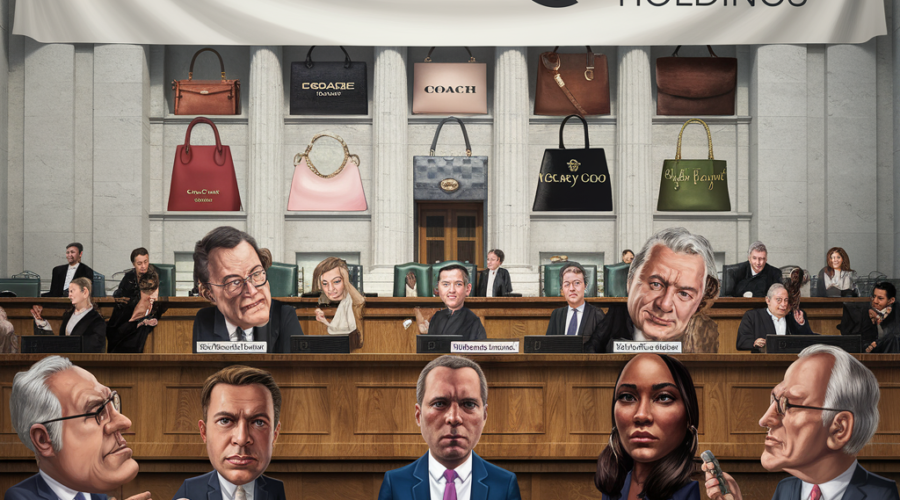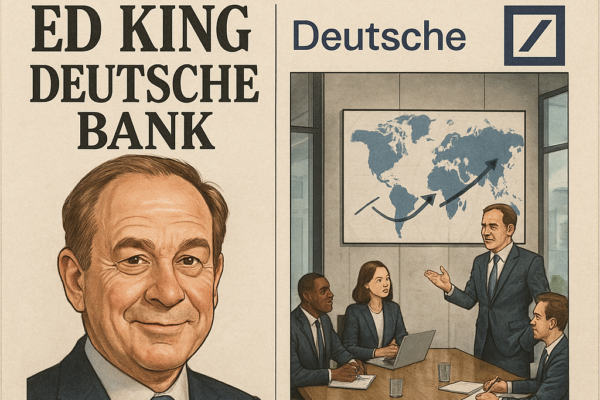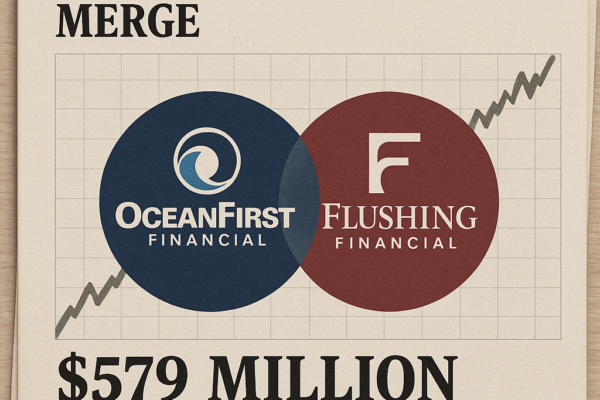### FTC v. Tapestry: A Case Over M&A in the “Accessible Luxury” Market
Key Highlights
- The Federal Trade Commission (FTC) has filed a lawsuit to block Tapestry Inc.’s proposed $8.5 billion acquisition of Capri Holdings, citing concerns over reduced competition in the “accessible luxury” handbag market.
- The case highlights the FTC’s efforts to prevent anticompetitive mergers and protect consumer interests in the fashion industry.
- The outcome could set a precedent for future M&A activities, potentially influencing strategies for brands seeking expansion or consolidation.
Defining the “Accessible Luxury” Market
The term “accessible luxury” refers to a segment of the market where high-quality handbags are offered at more affordable prices than traditional luxury brands. This segment is characterized by brands like Coach, Kate Spade, and Michael Kors, targeting consumers seeking luxury craftsmanship without the high price tag associated with European luxury labels.
Regulatory Scrutiny and Historical Context
The FTC plays a crucial role in reviewing mergers and acquisitions to ensure they do not lead to anticompetitive practices that could harm consumers. In evaluating potential risks, the FTC considers factors such as market share, pricing dynamics, and the impact on consumer choice.
Previous notable antitrust cases in the fashion industry, such as LVMH’s acquisition of Tiffany & Co., have shaped current regulatory practices. These historical decisions have emphasized the need for thorough evaluations of mergers to ensure they do not suppress competition or stifle innovation.
Market Reactions and Expert Insights
The announcement of the FTC’s lawsuit led to significant stock market movements, with investors and stakeholders closely monitoring the case. Industry experts and analysts are divided on the potential outcome, with some arguing that the merger would foster innovation and competition, while others believe it could reduce consumer choice and lead to higher prices.
“The FTC’s decision to challenge this merger reflects a growing concern over consolidation in the fashion industry,” said Dr. Emily Hartman, a professor of fashion marketing at NYU. “It will be interesting to see how the court defines the relevant market and weighs the potential impact on consumers.”
Implications for Future M&A Activities
The outcome of this case could have far-reaching implications for future mergers and acquisitions in the accessible luxury sector and beyond. If the FTC succeeds in blocking the merger, it may deter other companies from pursuing similar deals, potentially leading to a more fragmented market.
Conversely, if the merger is allowed, it could set a precedent for further consolidation in the industry, potentially reducing competition and consumer choice in the long run. Brands may need to reassess their expansion strategies, considering the potential regulatory hurdles and the need to demonstrate that mergers will not harm competition.
Conclusion and Future Outlook
The FTC v. Tapestry case is significant not only for the fashion industry but also for broader implications on M&A regulation across sectors. As the case unfolds, it will provide valuable insights into the evolving landscape of antitrust enforcement and its impact on consumer choice and market competition.
Ultimately, the outcome will shape the competitive dynamics of the accessible luxury market and potentially influence future strategies for brands looking to expand or merge. Will the FTC’s efforts to protect competition prevail, or will the merger be allowed to proceed? The implications of this case extend beyond the fashion industry, raising questions about the balance between corporate growth and consumer interests in an increasingly consolidated market.





